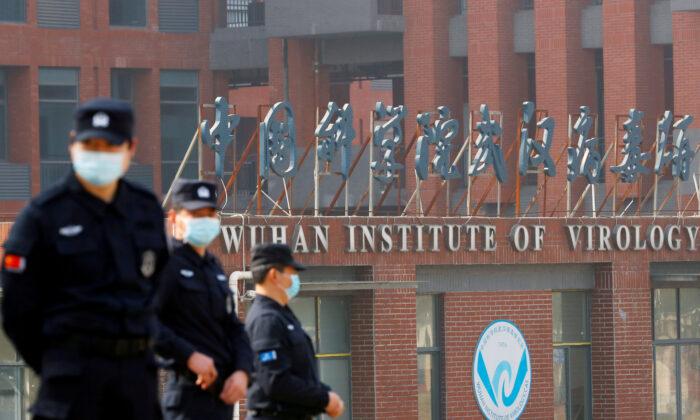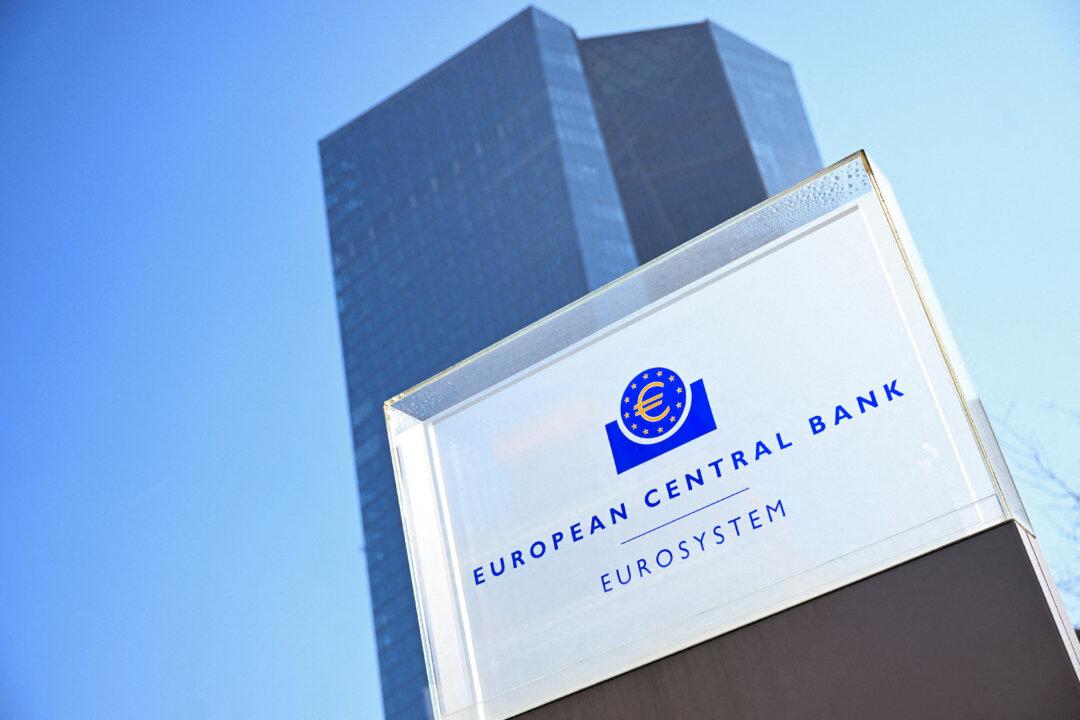An updated assessment from U.S. intelligence agencies on COVID-19 origins concludes that both theories—lab leak and natural jump from animal to human—remain “plausible,” with a lack of evidence driven by Chinese authorities’ refusal to cooperate with the probe precluding a definitive judgment either way.
After examining all available evidence, the intelligence community (IC) “remains divided on the most likely origin of COVID-19,” the report notes.
“All agencies assess that two hypotheses are plausible: natural exposure to an infected animal and a laboratory-associated incident,” the report reads.
Four IC elements and the National Intelligence Council judged with “low confidence” that the CCP virus emerged naturally by making a jump from animal to human. One IC element assessed with “moderate confidence” that it was most likely the result of a lab-associated incident, likely involving experimentation, animal handling, or sampling by the Wuhan Institute of Virology (WIV).

Most agencies determined “with low confidence” that the CCP virus was probably not genetically engineered, though two of them believe there was insufficient evidence “to make an assessment either way.”
The agencies also judged that the CCP virus was not developed as a biological weapon, basing this assessment on the fact that proponents of this theory lack access to the WIV or made “scientifically invalid claims” to support this hypothesis.
At the same time, the IC left the door open to potential future revision of their conclusions, noting a lack of clinical samples or a complete understanding of epidemiological data from the earliest infections.
“If we obtain information on the earliest cases that identified a location of interest or occupational exposure, it may alter our evaluation of hypotheses,” the report reads.
The report states that cooperation on the part of Chinese authorities would most likely be needed to make a definitive judgment on the virus’ origins.
“Beijing, however, continues to hinder the global investigation, resist sharing information, and blame other countries, including the United States,” the report reads, noting that numerous information gaps remain, particularly relating to technical data.
The newly declassified report is an update of a 90-day review that the Biden administration released in August.
On the day of its release, Chinese authorities criticized the report. Liu Pengyu, a spokesperson for the Chinese embassy in Washington, in an emailed statement called the new assessment a “political farce.”
The Chinese regime has repeatedly denied that the CCP virus escaped from the Wuhan Institute of Virology (WIV), despite some evidence pointing to it. The institute has been doing research on bat coronaviruses for more than a decade, and it’s located a short drive from a local market in Wuhan, Hubei province, where the first cluster of infection cases is suspected to have emerged.
The report indicated that IC analysts who support the lab leak theory assessed that “WIV researchers’ inherently risky work with coronaviruses provided numerous opportunities for them to unwittingly become infected with SARS-CoV-2,” and that available information suggests researchers in China used biosafety practices that increased the risk of exposure to viruses.
“Academic publications suggest that WIV researchers did not use adequate biosafety precautions at least some of the time, increasing the risk of a laboratory-associated incident,” the report states.





